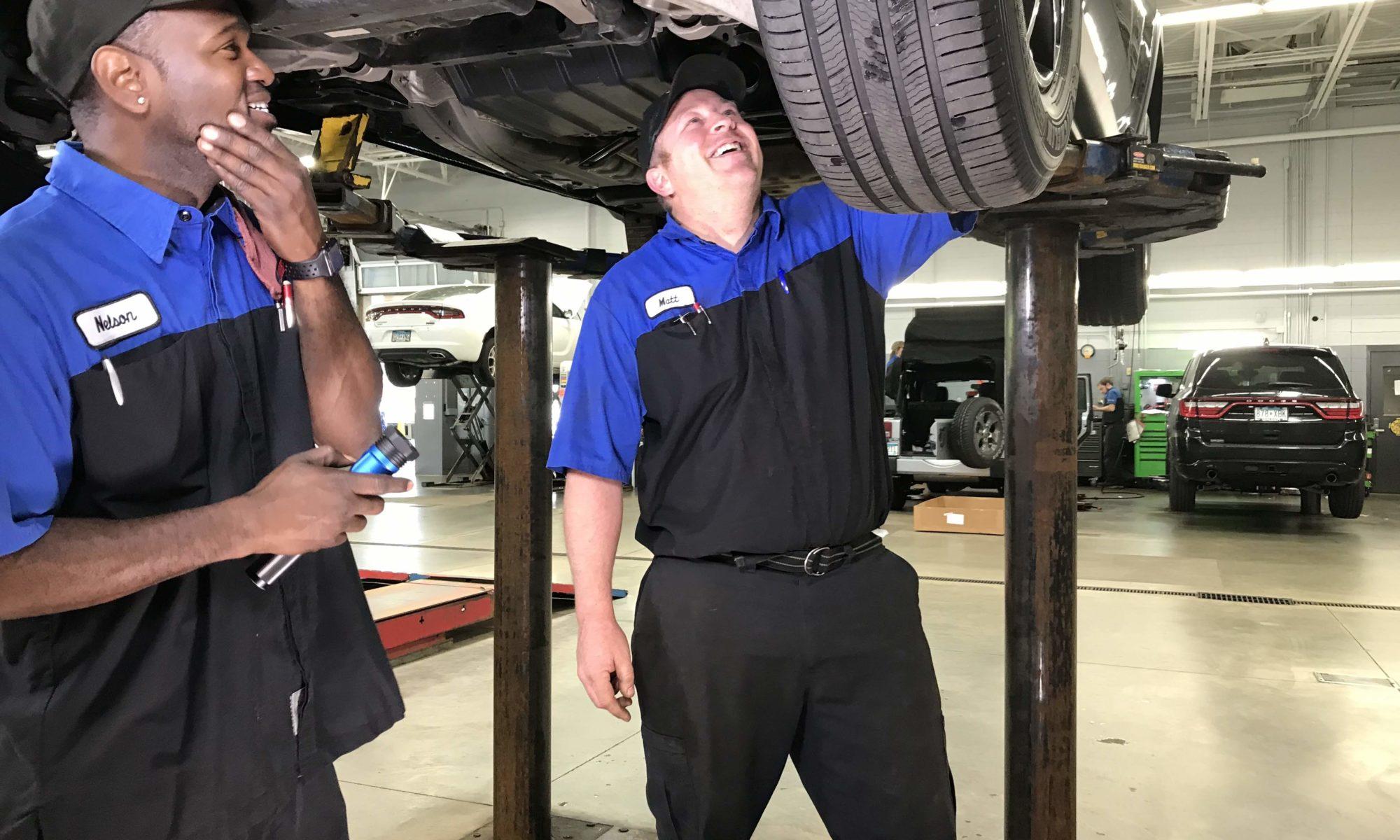June 11, 2020
What is Work-Based Learning?
Hi-Ho, Hi-Ho, Work-Based Learning We Will Go
Allied Educational Systems1 says Work-Based learning “connects workplaces to the classroom to prepare students for real-world careers”. “On paper, work-based learning is any program that places students both in the classroom and the workplace.” In practice, this can take on many forms. Today, I will share with you a number of the various forms of work-based learning.
Work-based learning can be divided into three main categories: Awareness, Exploration, and Workplace Experience (see graph below). Each area has specific actions. While these actions are progressive in nature, a program does not have to do all of them to be effective, nor do they have to be done in the exact order listed. The grade levels listed for each area are also guidelines.

Awareness
Aptitude/Interest Surveys – are paper or computer-based assessments designed to determine a person’s likely ability or desire to do a certain type of job, or more commonly, a career area. Minnesota’s CAREERwise lists 16 clusters and 81 pathways. Their assessments can help a student determine which path might be best for them.
Classroom Speakers – Industry speakers that come into a classroom and give a presentation about what they do. This can range from question and answer to hands-on activities for the classroom.
Informational Interview – Think of this action more like a student acting as a news reporter interviewing someone from industry about their particular career.
Career Fair – This is a very popular event in schools as it exposes students to a broad range of possible careers. Think of an open gymnasium with rows of tables and/or booths. Each booth represents a different career option. A good way to ensure students have participated in the event is to have them each list a set number of different organizations that they connected with, along with the questions they asked and the answers they received. They could also be required to circle their favorite and comment on why they chose that particular career.
Exploration
Business/Industry Tour – This is where an individual or small group of students goes to an industry location to see what it looks like and visit with actual workers at the facility.
Field Trip – Similar to a Business/Industry Tour, a Field Trip is where an entire class, grade, or school goes for a visit. Often, more than one industry/location is visited and is done in a rotating fashion dividing the whole group into multiple smaller groups of students.
Job Shadow – Individual students visit an industry location and watch an individual or group of people do their job for an extended period of time (several hours to multiple days). This could involve watching several different jobs related to the same industry. When my oldest son was in high school, he knew he wanted to work on cars. We were able to let him spend a morning at an automotive repair shop one morning, and an auto body shop in the afternoon. This helped him decide that auto body was a better career choice for him.
Mentorship – Can be formal or informal. Formal mentorship could be an industry person that “adopts” a student or group of students and helps them with school work during the school day. Informal mentorship might look like a friend or family member that shows a less experience person a craft or trade. When I was growing up, my next-door neighbor had a wood shop. I would often visit him, and he would show me how he was making his next project, or would help me build some project. I enjoy wood-working as a hobby still today.
Service Learning – An example of service learning would be an individual or group of students that have learned how to change oil in a vehicle and check various fluids, then performing those jobs for someone that can’t necessarily pay for those services (the elderly, or those in temporary housing as they try to escape domestic abuse).
Workplace Experience
Internships – These are short-term experiences (think summertime during school year) that can be paid or unpaid, but are part of a coordinated educational plan. Whether the internship is paid or not depends on several criteria as outlined in this fact sheet.
OJT/Cooperative Work Experience – On-the-job training (OJT)/Cooperative Work Experience is similar to an internship in that a student works at an industry location and gets school credits for attending, but the focus is more on the work experience than in a more inclusive and strict set of academic learning outcomes like there are in an internship.
Pre-Apprenticeship – This is a program that helps underprepared or underrepresented persons be properly prepared for a registered apprenticeship. It can be conducted as part of a high school offering or be done by community organizations or community colleges.
Registered Apprenticeships – Are programs registered with the state that provide training with select industry partners. These are certified programs lasting anywhere from 1-6 years. These are paid positions, but in MN also require 144 hours of classroom instruction for each year of apprenticeship. Additional information can be found here.
Additional Resources not specifically noted in the text:
1 Applied Educational Systems – What is Work-Based Learning
Careerwise – Work-Based Learning Types


You must be logged in to post a comment.